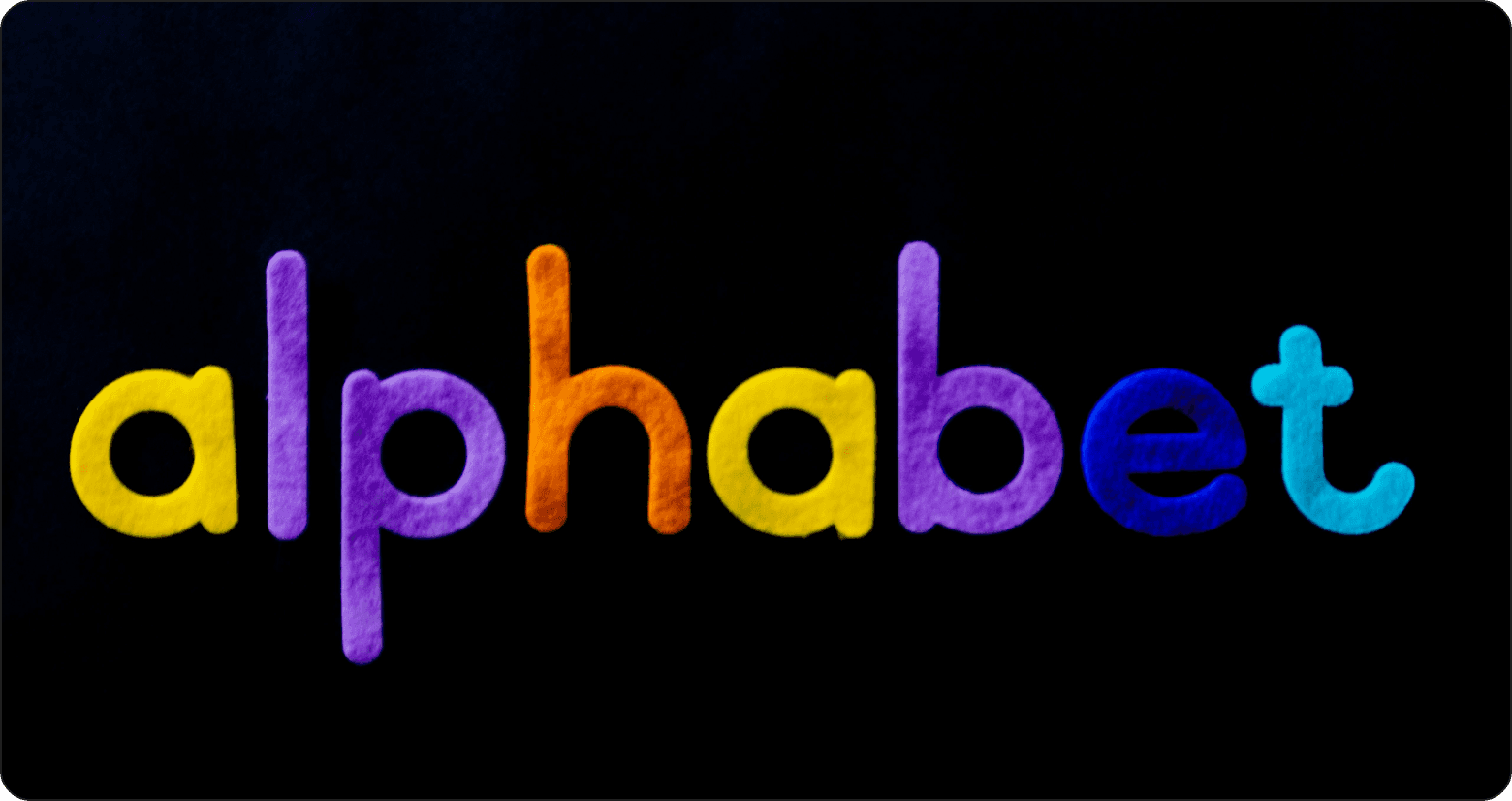Marketing
The Evolution of Logo Design & Typefaces.
Summary
Logo design and typefaces have evolved from simple, literal representations to dynamic and versatile forms. This evolution reflects technological advancements and changing cultural trends, highlighting the importance of adaptability in visual communication.
Introduction
Logo design and typefaces have undergone significant transformations over the years, reflecting changes in technology, cultural trends, and aesthetic preferences. Understanding the evolution of these elements provides valuable insights into how brands communicate their identity and values.
The Evolution of Logo Design

Logo design has evolved from simple, straightforward symbols to complex, multi-faceted representations of brand identity. Early logos were often monochromatic and literal, focusing on easily recognizable images that directly represented the company’s name or product. With the advent of digital technology, logos became more dynamic and versatile, incorporating gradients, 3D effects, and animated elements. The current trend leans towards minimalism and versatility, with logos designed to be easily adaptable across various media and devices.
Typefaces have also seen a dramatic evolution, from the hand-lettered manuscripts of the past to the digital fonts of today. The invention of the printing press in the 15th century revolutionized typography, leading to the creation of classic typefaces such as Garamond and Baskerville. The 20th century brought about a wave of modernist designs with the introduction of sans-serif fonts like Helvetica, emphasizing simplicity and readability. In the digital age, typefaces are designed to be highly legible on screens, with an increasing focus on web fonts and responsive typography to ensure consistency across different devices.
Conclusion
The evolution of logo design and typefaces is a testament to the ever-changing landscape of visual communication. From the simplicity of early logos and typefaces to the complex and dynamic designs of today, these elements continue to adapt to new technologies and cultural shifts, shaping the way brands present themselves to the world.
Similar Blogs you might like


Stay Updated














